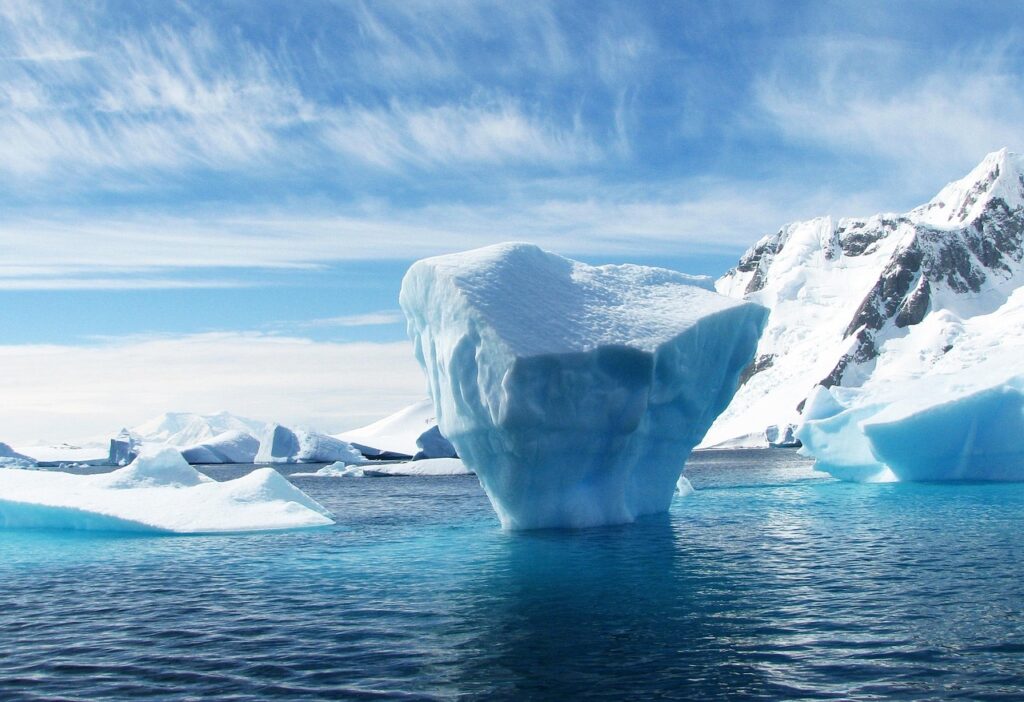The race against climate change is intensifying, and with the alarming rate of polar ice melt, some have proposed drastic measures. Recently, a team of leading ice and climate researchers published a groundbreaking study analyzing several proposed geoengineering projects aimed at protecting Earth’s polar ice caps. The results? Disappointing, to say the least. These ambitious plans, while seemingly offering a solution to a pressing problem, are ultimately deemed impractical and potentially harmful.
This blog post delves into the details of the study, explaining the proposed geoengineering techniques and outlining why they are unlikely to succeed, and in some cases, could exacerbate the existing climate crisis. We will explore the complexities of manipulating the Earth’s systems and the importance of focusing on proven climate mitigation strategies.
The Proposed Geoengineering Solutions 💡
Several speculative geoengineering projects have been proposed to slow or reverse the melting of polar ice. These range from relatively straightforward ideas to highly complex and potentially risky interventions. One suggestion involved spreading reflective particles on newly formed sea ice to increase its reflectivity and prolong its lifespan. Another involved constructing massive underwater structures to deflect warmer ocean currents away from vulnerable ice shelves. These ambitious projects are often presented with great fanfare, but lack the rigorous scientific backing needed for serious consideration.
The Flaws in the Plans 🔬
The researchers’ peer-reviewed study, published recently, meticulously examined these proposals. They concluded that none of the proposed methods are likely to be effective in significantly protecting the polar ice caps. Many of the schemes are based on incomplete understandings of the complex interplay of factors driving ice melt. For example, simply increasing the reflectivity of sea ice might not counter the effects of rising ocean temperatures or changing atmospheric conditions.
Furthermore, several of the proposed methods carry significant risks of unintended consequences. Deploying reflective particles into the atmosphere, for instance, could disrupt weather patterns, alter precipitation cycles, and have unforeseen effects on ecosystems worldwide. The scale of these interventions is also a major concern; constructing massive underwater structures would be incredibly expensive and logistically challenging.
Atmospheric Modification: A Risky Gamble ☁️
One of the most ambitious—and potentially dangerous—proposals involves injecting reflective particles into the stratosphere to reduce the amount of sunlight reaching the Earth’s surface. This approach, known as solar radiation management, is intended to cool the planet and slow ice melt. However, the study highlights the potential for significant disruptions to global weather patterns and ecosystems. The long-term consequences of such a large-scale intervention are largely unknown and could be catastrophic.
The researchers emphasize that altering the Earth’s atmosphere in this way is a high-stakes gamble with potentially irreversible consequences. The risk of unintended and harmful side effects far outweighs the potential benefits, especially considering the lack of reliable models to predict the outcomes.
Ocean-Based Interventions: Practical Challenges 🌊
Proposals focusing on ocean-based interventions, such as building underwater barriers to deflect warm currents or pumping water from the base of glaciers to refreeze it, also face significant practical challenges. The sheer scale of these projects is daunting, requiring immense resources and technological advancements. Moreover, the effectiveness of these methods is highly questionable, and the potential for disruption to marine ecosystems is a serious concern.
The researchers point out that these interventions would be extremely expensive, a challenge in a field already struggling with the complexities of predicting our planet’s future. The logistical hurdles alone make the success of these projects highly unlikely.
Key Takeaways 🔑
- The studied geoengineering proposals for protecting polar ice are unlikely to be effective.
- Many proposed methods carry significant risks of unintended and harmful consequences.
- Atmospheric modification carries high risks of disrupting weather patterns and ecosystems.
- Ocean-based interventions face significant practical challenges and potential ecological damage.
- Focusing on proven climate mitigation strategies is crucial.
In conclusion, the study delivers a stark message: there are no quick fixes for the melting polar ice. While the urgency of the climate crisis is undeniable, relying on untested and potentially dangerous geoengineering schemes is not a viable solution. The focus must remain on proven strategies for reducing greenhouse gas emissions and adapting to the unavoidable effects of climate change. The future of our planet depends on it.
Source: Geoengineering will not save humankind from climate change



